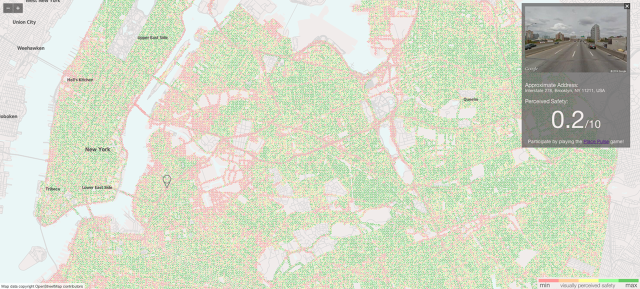In fact, 81 percent of law enforcement professionals use sites such as Facebook and Twitter on the job. And 25 percent use it daily.
Much of law enforcement is crowdsourced — Amber alerts are pushed to smartphones, seeking response from citizens; officers push wanted information and crime tips to users on Facebook and Twitter in the hopes they can help; and some departments create apps to streamline the information sharing.
Take the Johns Creek, Ga., Police Department, which has deployed a tool that allows additional citizen engagement and crowdsourcing…..Using a mobile app — the SunGard Public Sector P2C Converge app, which is branded specifically for Johns Creek PD as JCPD4Me — the department can more smoothly manage public safety announcements and other social media interactions….
Another tool cops use for communicating with citizens is Nixle, which lets agencies publish alerts, advisories, community information and traffic news. Citizens register for free and receive credible, neighborhood-level public safety information via text message and email in real time.
The Oakland, Calif., Police Department (OPD) uses the platform to engage with citizens — an April 17, 2015 post on Oakland PD’s Nixle Community feed informs readers that the department’s Special Victims Section, which is working to put an end to sex trafficking in the city, arrested five individuals for solicitation of prostitution. Since Jan. 1, 2015, OPD has arrested 70 individuals from 27 cities across the state for solicitation of prostitution.
Nixle allows two-way communication as well — the Tip Watch function allows anonymous tipsters to send information to Oakland PD in three ways (text, phone, Web). Now OPD can issue a passcode to tipsters for two-way, anonymous communication to help gather more information.
On the East Coast, the Peabody, Mass., Police Department has used the My Police Department (MyPD) app by WiredBlue, which lets citizens submit tips and feedback directly to the department, since its creation….
During the high-profile manhunt for the Boston Marathon bombers in 2013, the FBI asked the public for eyewitness photo and video evidence. The response from the public was so overwhelming that the server infrastructure couldn’t handle the massive inflow of data.
This large-scale crowdsourcing and data dilemma inspired a new product: the Los Angeles Sheriff’s Department’s Large Emergency Event Digital Information Repository (LEEDIR). Developed by CitizenGlobal Inc. and Amazon Web Services, LEEDIR pairs an app with cloud storage to help police use citizens’ smartphones as tools to gather and investigate evidence. Since its creation, the repository was used in Santa Barbara, Calif., in 2014 to investigate riots in Isla Vista.
Proponents of LEEDIR say the crowdsourcing system gives authorities a secure, central repository for the countless electronic tips that can come in during a crisis. Critics, however, claim that privacy issues come into play with this kind of policing. …(More)”

